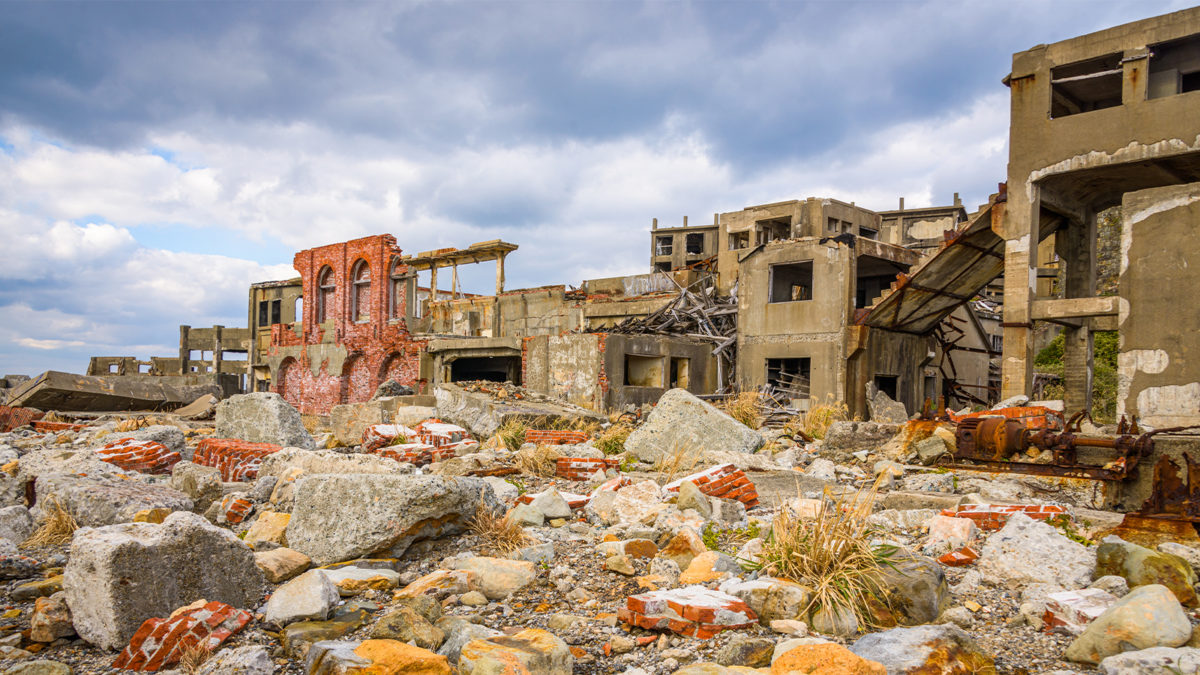Understanding the challenge
In a world where global stability is declining, businesses operating in conflict-affected areas face significant ethical, financial, and reputational risks. According to the Institute for Economics & Peace, there are currently 56 active conflicts worldwide, the highest number since World War II. With 25% of the world’s population living in these regions, companies are increasingly under scrutiny regarding their business conduct in these environments.
As investors seek to align their portfolios with sustainable and ethical principles, the question arises: should companies operate in conflict zones, and if so, under what conditions? Sustainable investors play a crucial role in evaluating these risks, engaging with companies, and encouraging responsible corporate behaviour.
Why companies remain in conflict zones
Despite the risks, many multinational corporations continue to operate in conflict-affected areas due to economic interdependencies and strategic considerations. The global economy has become increasingly interconnected, making it harder for companies to avoid exposure to high-risk regions. For example, while Russia represents just 1.9% of global GDP, it remains a key player in global supply chains, particularly in energy and raw materials. Similarly, Taiwan’s role in semiconductor manufacturing makes its stability crucial for the global tech industry.
Companies justify their presence in these areas for various reasons:
- Supporting local economies: Many companies argue that shutting down operations could harm employees and communities who rely on them for livelihoods.
- Maintaining strategic assets: Selling off assets in conflict zones at depressed prices could lead to their acquisition by entities aligned with oppressive regimes.
- Providing essential goods and services: Industries such as healthcare, logistics, and food production may play a stabilizing role by ensuring essential supplies continue to reach affected populations.
However, operating in such regions also exposes businesses to multiple risks, from financial and operational challenges to reputational damage if they are perceived as complicit in human rights abuses.
Investor responsibility: Evaluating risk and encouraging accountability
For sustainable investors, understanding a company’s exposure to conflict-affected areas requires a rigorous risk assessment. Key factors to consider include:
1. Human Rights Policies: Does the company have a framework in place to assess and mitigate human rights risks?
2. Governance and Risk Management: Are there established processes to evaluate the ethical implications of operating in these regions?
3. Transparency and Reporting: Does the company disclose its activities and impacts in high-risk areas?
Lessons from the Lafarge case
A stark example of corporate mismanagement in conflict zones is the case of Lafarge, a French cement company accused of paying millions to armed groups, including the Islamic State, to maintain operations in Syria. The company faced severe legal and financial consequences, including a $777.78 million penalty from the U.S. Department of Justice. This case underscores the importance of robust risk management and ethical decision-making for companies operating in conflict regions.
Looking ahead: strengthening regulations and investor action
Regulations such as the Corporate Sustainability Due Diligence Directive (CSDDD) and national due diligence laws are increasing corporate accountability. Investors must continue advocating for stronger governance practices and corporate responsibility in high-risk areas.
As sustainable investors, our role is not just to assess financial risks but to ensure that businesses contribute to stability and ethical economic growth. By holding companies accountable and integrating responsible investment principles, we can drive positive change even in the most challenging regions.
Go more in depth in the Candriam case study Engaging with Companies in Conflict-affected Areas.


